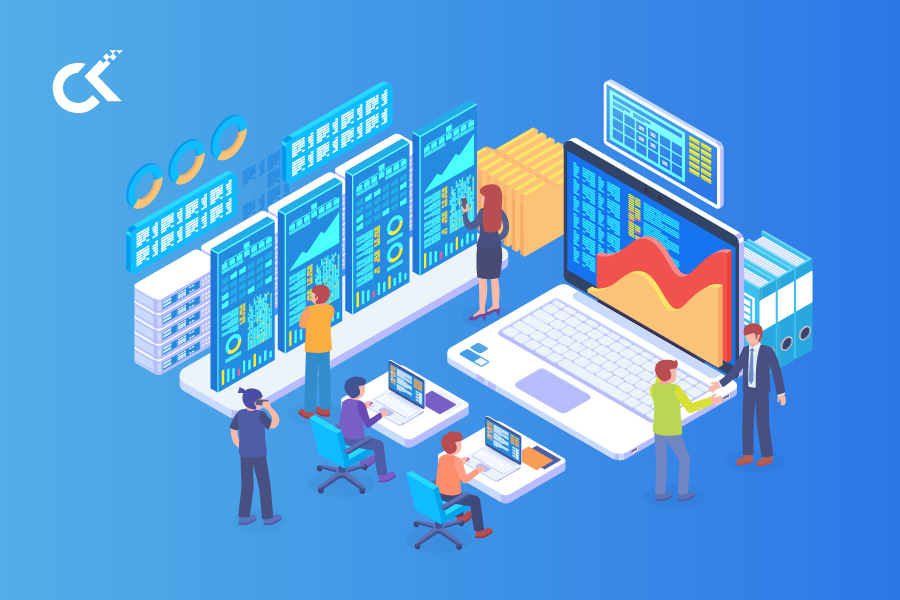Tech Versum: Explore the Future of Technology
Dive into the latest trends and innovations in technology with Tech Versum.
Big Data: The New Crystal Ball for Predicting Trends
Unlock the secrets of Big Data and see how it predicts trends like a crystal ball—discover the future today!
How Big Data is Revolutionizing Trend Prediction
Big Data is significantly transforming the way businesses predict trends across various industries. By analyzing large volumes of data, companies can identify patterns and insights that were previously hidden. This process allows organizations not only to react to market changes but to anticipate them. For instance, retail chains utilize big data analytics to forecast consumer behavior and optimize inventory levels, ensuring they meet customer demands without overstocking. As a result, businesses are increasingly relying on sophisticated algorithms that harness big data to provide real-time trend analysis, thus maintaining a competitive edge.
The impact of big data on trend prediction extends beyond just business applications. In the field of fashion, designers and brands leverage social media and e-commerce data to understand emerging styles and consumer preferences. By employing big data tools, they can analyze factors such as color trends, fabric choices, and buying behaviors, allowing them to design collections that resonate with their target audience. This predictive ability not only enhances customer satisfaction but also reduces waste in production. Overall, the integration of big data into trend forecasting is revolutionizing how industries operate and respond to consumer needs.

Unlocking the Future: The Role of Big Data in Anticipating Market Trends
Big Data has revolutionized the way businesses anticipate market trends, allowing companies to glean valuable insights from vast amounts of information. With the continuous growth of data generation, organizations can leverage advanced analytics tools to sift through this wealth of information, identifying patterns and trends that were previously hidden. By utilizing predictive analytics, businesses can forecast consumer behavior and preferences with a high degree of accuracy. This capability enables them to adjust their strategies proactively, ensuring they remain competitive in an ever-evolving market landscape.
The integration of Big Data into market trend analysis is not merely a technological advancement; it represents a fundamental shift in business strategy. Companies are now able to enhance their decision-making processes by utilizing real-time data to inform marketing campaigns, product development, and supply chain management. As a result, organizations that effectively harness the power of big data are better positioned to maximize opportunities while mitigating risks. Ultimately, the role of big data in anticipating market trends underscores the necessity for businesses to adopt data-driven cultures to thrive in the future.
What Are the Key Tools and Techniques for Analyzing Big Data to Predict Trends?
Analyzing big data to predict trends necessitates a combination of robust tools and advanced techniques. Some of the key tools include Apache Hadoop, a framework that enables distributed storage and processing of large data sets, and Tableau, which allows users to visualize data insights interactively. Additionally, statistical software like R and SAS are essential for performing complex data manipulations and analyses. Techniques such as machine learning and data mining are crucial for identifying patterns and making predictions from vast amounts of data.
Moreover, it is important to adopt methodologies that facilitate continuous improvement in data insights. Techniques like predictive analytics utilize historical data to forecast future outcomes, while sentiment analysis helps gauge public opinion on social media platforms. These tools and techniques enable businesses to make informed decisions based on trends derived from big data. As the landscape of data continues to evolve, leveraging these resources effectively will be paramount in staying ahead of market trends and customer behaviors.